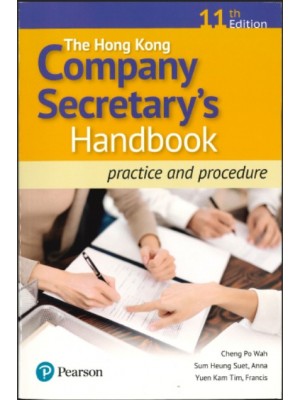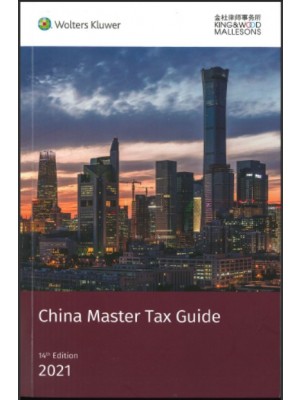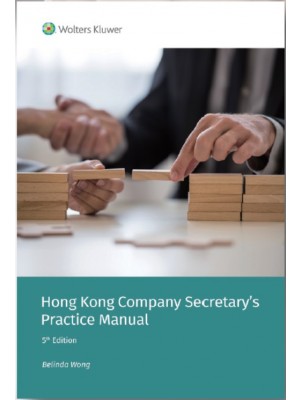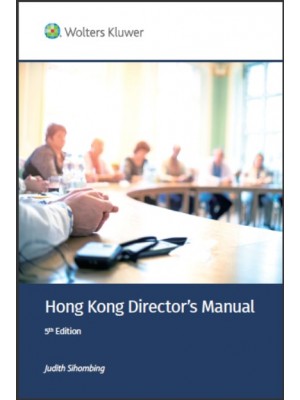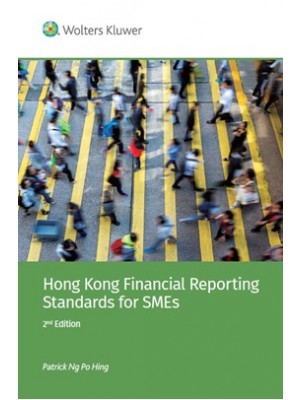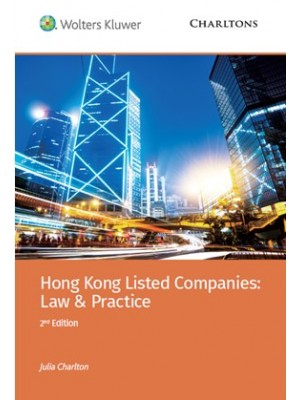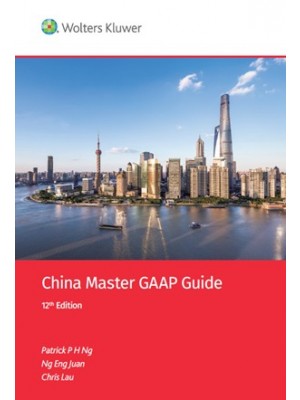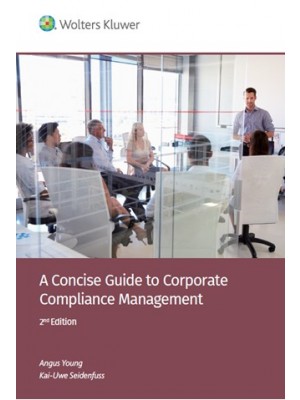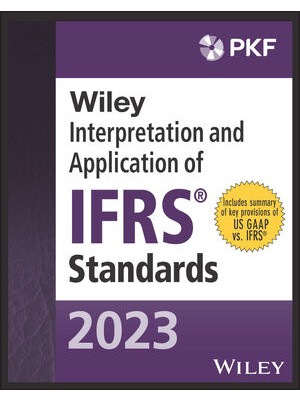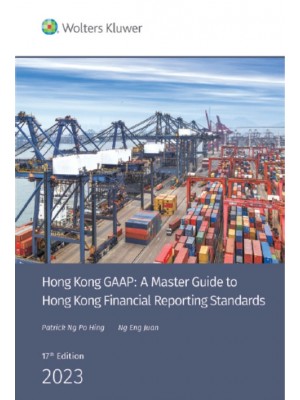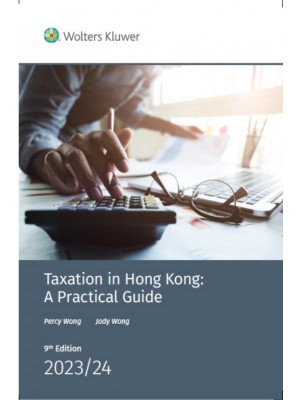PART 1: DEFINING THE PARAMETERS
1.1. Going public
1.1.1. Primary and secondary offerings
1.1.2. Other reasons for going public
1.1.3. Duties and drawbacks associated with listing
1.2. Listing requirements, equity story and liquidity
1.2.1. Listing requirements
1.2.2. The investment case
1.2.3. Strategic investors
1.2.4. Going public convertible bonds
1.2.5. Special purpose acquisition companies (SPACs)
1.2.6. Stand alone business and insider ownership
1.2.7. Liquidity and transaction size
1.3. Selecting the optimal listing location
1.3.1. Choosing the right listing location
1.3.2. Domicile and country of incorporation
1.3.3. Profile and prestige
1.3.4. Matching the profile of revenues
1.3.5. Index considerations
1.3.6. Valuation considerations
1.3.7. Initial and ongoing listing requirements
1.3.8. Targeting investor types
1.3.9. Research coverage
1.3.10. Dual and multiple listings
1.3.11. Tickers and codes
1.4. The IPO corporate management team
1.5. Who does what in an investment bank?
1.5.1. The banking side
1.5.2. The markets side
1.5.3. Other areas within the investment bank
1.5.4. Outside the investment bank
1.6. Investment banking business titles
1.6.1. Entry level and beyond
1.6.2. The senior ranks
1.6.3. Head titles
1.7. The IPO banking team
1.7.1. Senior management
1.7.2. The core execution team
1.7.3. The ECM team
1.7.4. The equity syndicate desk
1.7.5. The in-house roadshow coordinators
1.7.6. The legal and compliance teams
1.7.7. The research analysts
1.7.8. The equity sales teams
1.7.9. Other areas
1.8. Bank roles and the pecking order
1.8.1. Deal sponsors
1.8.2. Global coordinators
1.8.3. Bookrunners
1.8.4. Lead managers
1.8.5. Junior syndicate members
1.8.6. Receiving banks
1.8.7. Independent advisers
1.8.8. Appearance
1.9. Pitching for the lead roles
1.9.1. Key attributes of a lead bank
1.9.2. Requests for proposal
1.9.3. Oral presentations
1.10. Formally engaging investment banks
1.11. How investment banks get paid
1.11.1. Components of the gross fees
1.11.2. US market practice
1.11.3. Designations and split orders
1.11.4. Fee caps
1.11.5. Fees and re-allocation between tranches
1.11.6. Pre-agreed and guaranteed economics
1.11.7. IPO expenses
1.11.8. Trading fees
PART 2: GETTING READY
2.1. Navigating the maze – the working parties on an IPO
2.1.1. Legal advisers
2.1.2. Auditors
2.1.3. Property valuers
2.1.4. Specialist consultants and experts
2.1.5. Remuneration consultants
2.1.6. Roadshow consultants and financial PR firms
2.1.7. Designated market makers
2.1.8. Depositary banks
2.1.9. Financial printers
2.1.10. Translators
2.1.11. Share registrars and transfer agents
2.1.12. Receiving banks
2.1.13. Stock exchanges
2.1.14. Market research firms, advertising agencies and call centres
2.2. Strengthening the board
2.2.1. Independent and non-executive directors
2.2.2. Board committees
2.2.3. Directors responsibility and insurance arrangements
2.2.4. Local representatives
2.3. The IPO timetable
2.3.1. Availability of financial information
2.3.2. Due diligence, drafting and prospectus review
2.3.3. The marketing phase
2.3.4. Aftermarket activities
2.3.5. Other considerations on the timetable
2.3.6. Go and no-go decisions
2.3.7. Dual-track processes
2.4. The IPO execution process
2.4.1. Working groups and steering committee
2.4.2. Documentation
2.4.3. Valuation
2.4.4. Marketing
2.4.5. Publicity guidelines
2.4.6. Conference facilities
2.5. Due diligence
2.5.1. Questionnaires, verification notes and responsibility
2.5.2. Business and financial due diligence and site visits
2.5.3. Documentary due diligence
2.5.4. Syndicate and other due diligence
2.6. Financial information
2.6.1. The F pages
2.6.2. Other financial information
2.6.3. The Management Discussion & Analysis (MD&A)
2.6.4. Segmentation of accounts
2.6.5. Profit forecasts
2.6.6. Financial disclosure in the US
2.7. The prospectus
2.7.1. The European prospectus directive
2.7.2. Additional disclosure for US investors
2.7.3. House formats or styles
2.7.4. Detailed contents
2.7.5. Domestic and international prospectuses
2.7.6. Preliminary and final prospectuses
2.7.7. Plain English and prospectus covers
2.8. Comfort letters
2.8.1. Versions of the SAS 72 letter
2.8.2. Timing of delivery and negative assurance
2.8.3. Agreed-upon procedures letter
2.9. Legal opinions and disclosure letters
2.9.1. Legal opinions according to jurisdictions
2.9.2. US legal opinions and disclosure letters
2.10. The question of underwriting
10.1. What is underwriting?
2.10.2. Hard underwriting
2.10.3. Soft or settlement underwriting
2.10.4. Retail tranches
2.11. Valuation
2.11.1. Earnings multiples
2.11.2. Sales and cash-flow multiples
2.11.3. Growth multiples
2.11.4. Normalized multiples
2.11.5. Price-to-book or NAV ratios
2.11.6. Per pop valuations
2.11.7. Dividend and distribution yields
2.11.8. Discounted cash-flow valuations
2.11.9. Share price and number of shares
2.12. Institutional investors
2.12.1. Sovereign wealth funds
2.12.2. Income and value investors
2.12.3. Index investors
2.12.4. GARP and growth investors
2.12.5. Specialty, quantitative investors and hedge funds
2.12.6. Contrarian investors
2.12.7. Cornerstone investors
2.12.8. Grading institutional investors according to quality
2.12.9. Bottom-up and top-down demand estimates
2.13. Retail investors
2.13.1. Fixed price offerings and advance payment
2.13.2. Methods of application
2.14. Deciding on an offer structure
2.14.1. Institutional and retail tranches
2.14.2. Allocating and re-allocating between tranches
2.14.3. Accessing the US market
2.14.4. Accessing European investors and focus markets
2.14.5. Selling to Japanese investors
2.14.6. American depositary receipt and global depositary receipt tranches
2.15. Depositary receipts
2.15.1. Listing DRs
2.15.2. Global depositary receipts
2.15.3. American depositary receipts
2.15.3.1. Unsponsored ADRs
2.15.3.2. Sponsored ADRs
2.15.3.3. Rule 144A ADRs
2.16. Real estate investment trusts and infrastructure funds
2.16.1. The basic structure
2.16.2. Focused and diversified funds
2.16.3. Managing the fund
2.16.4. Financial engineering and growing the fund
PART 3: MARKETING THE DEAL
3.1. The importance of sell-side research
3.1.1. Types of research analysts
3.1.2. Analyst rankings
3.1.3. Pre-deal research in IPOs
3.1.4. Why bother with pre-deal research?
3.2. Presenting to research analysts
3.2.1. Research guidelines and the presentation to research analysts
3.2.2. Drafting pre-deal research
3.2.3. The blackout period
3 .3. Briefing the syndicate
3.3.1. The rules of engagement
3.3.2. Advertising and legal names
3.3.3. Invitation telexes
3.4. Investor education and setting the price range
3.4.1. How pre-marketing is performed
3.4.2. Pre-marketing other than by research analysts
3.4.3. Feedback forms
3.4.4. Setting the price range
3.4.5. Fixed price IPOs
3.5. The management roadshow
3.5.1. Large scale presentations
3.5.2. Small group presentations
3.5.3. One-on-one meetings
3.5.4. Internet roadshows
3.6. Bookbuilding
3.6.1. Types of orders and book keeping
3.6.2. Manual demand forms
3.6.3. Designations and split orders
3.6.4. Demand curve
3.6.5. Managing the book
3.6.6. Adjusting the price range or the deal size
3.7. Public offerings
3.7.1. Concurrent offerings
3.7.2. Sequential offerings
3.7.3. Retail investor pools
3.7.4. Other types of retail offer
3.7.5. Retail incentives
3.8. Employee share ownership programmes (ESOPs)
3.8.1. Objectives and scale
3.8.2. HR and performance consultants
3.8.3. Key considerations
3.8.4. A typical, three-tier ESOP
3.9. Pricing
3.9.1. Deciphering the book of demand
3.9.2. Pitching the right price
3.9.3. What happens after pricing
3.10. Underwriting and other agreements
3.10.1. Major clauses in a sale and purchase agreement
3.10.2. Force majeure clauses
3.10.3. Public offer underwriting
3.10.4. Inter-syndicate agreement
3.10.5. Agreements among managers
3.10.6. Receiving bank agreements
3.10.7. Deliv book.com/scripts/tiny_mce/themes/advanced/langs/en.js" type="text/javascript"> ery of legal opinions, comfort letters an d other documents
3.11. Allocating a deal
3.11.1. Allocation criteria
3.11.2. Allocating a book of demand
3.11.3. Split orders
3.11.4. Free retention
3.11.5. Other considerations for institutional allocations
3.11.6. Placing letters
3.11.7. Retail allocations
3.11.8. Brokerage, transaction fees and levies
3.12. Closing and listing
3.12.1. The settlement flow
3.12.2. Bring-down due diligence
3.12.3. The start of trading
3.12.4. The closing ceremony
PART 4: AFTER THE IPO
4.1. Price stabilization
4.1.1. The stabilizing agent and safe harbour exemptions
4.1.2. Over-allotment options
4.1.3. How a Greenshoe works in practice
4.1.4. Penalty bids
4.1.5. Naked shorts
4.1.6. Some controversial issues associated with stabilization
4.1.7. Other stabilization issues
4.2. Investor relations
4.2.1. The research blackout or “quiet” period
4.2.2. Issuer and shareholder lock-ups
4.2.3. Ongoing disclosure and listing requirements
4.2.4. Communicating with investors
4.2.5. Investor relations departments and their roles
4.3. Further capital raising and aftermarket transactions
4.3.1. Marketed offerings
4.3.2. Rights issues
4.3.3. Accelerated bookbuildings and block trades
4.3.4. Top-up placements
4.3.5. Convertible and exchangeable bonds
4.3.6. Private investments in public equity (PIPEs)
4.3.7. Preferred shares
4.3.8. Share buy-backs
4.4. Conclusion: What makes a successful IPO?
4.4.1. It starts with a story
4.4.2. A strong management team
4.4.3. Size and liquidity
4.4.4. Picking the right time
4.4.5. Offering good value
4.4.6. Investor distribution
4.4.7. A successful aftermarket
APPENDICES
Appendix 1: Case studies
A NASDAQ IPO: Shanda Games
A NYSE IPO: Banco Santander Brasil
An LSE IPO: Essar Energy
A NYSE Euronext IPO: CFAO
A Hong Kong IPO: L’Occitane
A Singapore IPO: CapitaMalls Asia
Appendix 2: Business and financial due diligence check list
Appendix 3: Table of estimates for IPO fees and expenses
Appendix 4: Sample contents for an international IPO prospectus
Appendix 5: Sample risk factors for an international IPO
Appendix 6: Example of feedback form for investor education
Appendix 7: Example of manual order form for bookbuilding
Appendix 8: Initial listing requirements for major stock exchanges
Listing in New York on NASDAQ
Listing in New York on the NYSE
Listing in London on the LSE
Listing in Paris, Amsterdam, Brussels, Lisbon or London on NYSE Euronext
Listing in Frankfurt on Deutsche Börse®
Listing in Zürich on the SIX
Listing in Dubai on NASDAQ Dubai
Listing in Hong Kong on HKEx
Listing in Singapore on the SGX
Listing in Tokyo on the TSE
Listing in Sydney on the ASX
Glossary
Notes
Further reading
Index








